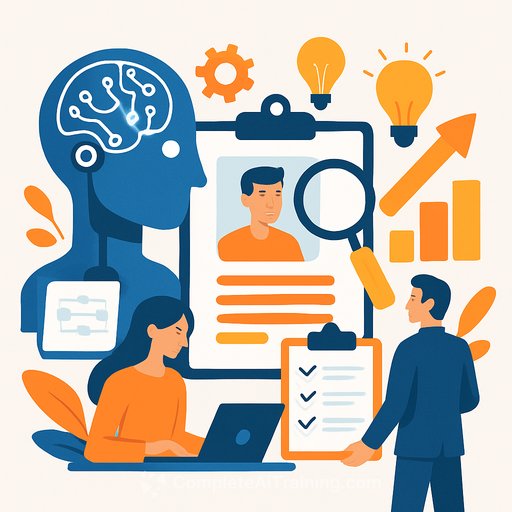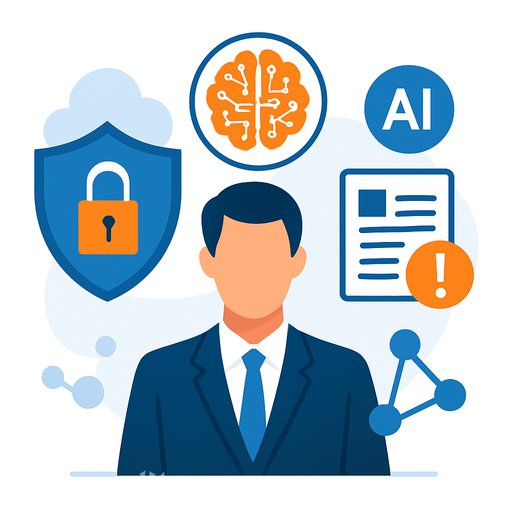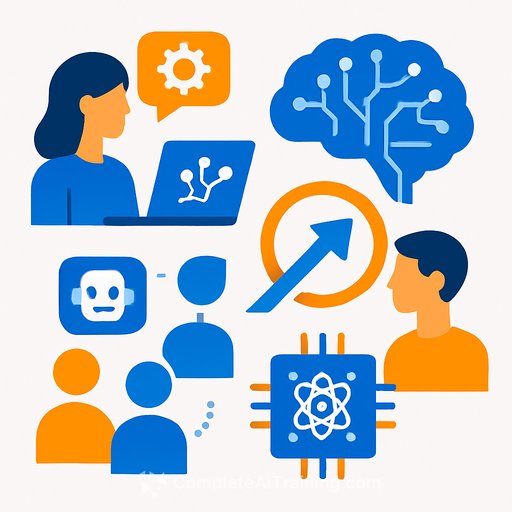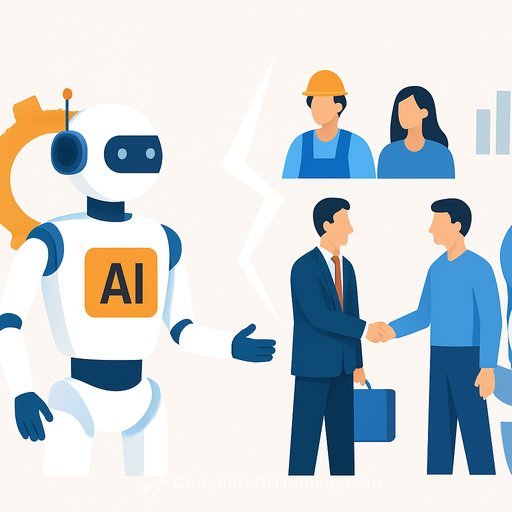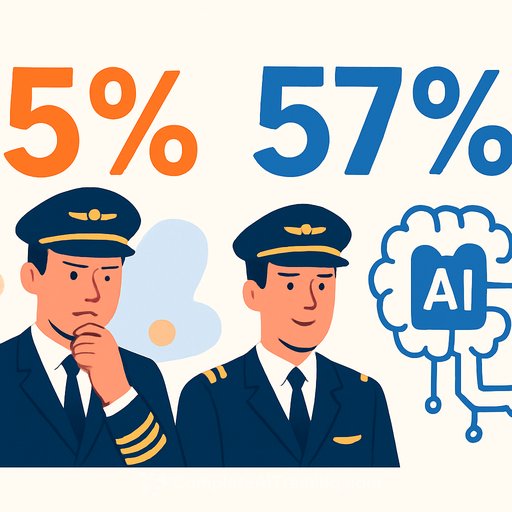Vemo CEO on AI’s Timesaving Edge for Workforce Planning
Workforce planning often lags behind because manual processes are slow and talent needs can shift quickly. Peter Louch, Founder and CEO of Vemo, Inc., suggests AI as the key to continuous workforce planning. He explains, “If you can shorten that planning to action time horizon, you’re doing better than the average participant … Continuous planning means you can do it at any time, not that you’re doing it all the time.”
AI Powers Continuous Planning
Louch’s background is unique: an astrophysics major turned entrepreneur who moved into workforce solutions after noticing how many companies hire without a clear plan. His company, Vemo, specializes in cloud-based workforce planning and predictive analytics, helping HR teams work smarter.
He points out that the pace of change in skills and workforce demands is too fast for traditional planning methods. “If HR spends too much time planning, the game has changed by the time they finish,” Louch says. AI increases forecast accuracy and acts as an assistant to planners, offering predictions of the most likely future scenarios to respond to instantly rather than starting from scratch.
This ability to shorten the cycle from planning to action is a major benefit. “You can see your plan quickly, measure it, and act quickly. Forecasting brings about a timeline you can act on, not just a thinking exercise,” Louch adds.
Matching the Right Person to the Right Job
AI can enhance skills-based hiring by rapidly processing data and automating parts of decision-making. This helps identify candidates—whether employees, contractors, or third parties—whose skills align with business goals. Louch explains, “You find the right work for the right person, keeping them engaged and continually growing.” This approach supports retention because employees stay motivated when their work fits their skills and development needs.
Rehiring from Within
Hiring doesn't always mean looking outside. AI also forecasts internal workforce mobility, helping companies identify who to “rehire” internally. Louch emphasizes, “There are all these people to rehire on the inside.”
Internal hiring fosters a culture focused on talent development and career growth, making employees less likely to leave. Knowing workforce movement years in advance lets companies fill gaps proactively and become employers of choice.
Overcoming Challenges of AI in Workforce Planning
One barrier to AI adoption is fear. Louch points out that even basic machine learning, which has been around for years, is still met with hesitation when applied to people decisions. “People expect AI to do everything, but it’s just the starting point. It saves time and delivers insights, but humans still decide the destination.”
Executive buy-in can also be tough because leaders receive constant, sometimes conflicting, messages about AI. Louch advises viewing AI as a tool that integrates and orchestrates existing data, adding value rather than competing with past HR investments.
Learn More and Connect
For executives interested in exploring AI’s role in workforce planning further, Peter Louch will be speaking at SPARK TALENT 2025, held October 7–9 in San Antonio. The event features leaders from major companies sharing practical strategies on workforce planning, talent acquisition, and AI-driven processes.
To deepen your understanding of AI applications in business and HR, consider exploring courses and resources at Complete AI Training.
Your membership also unlocks:

